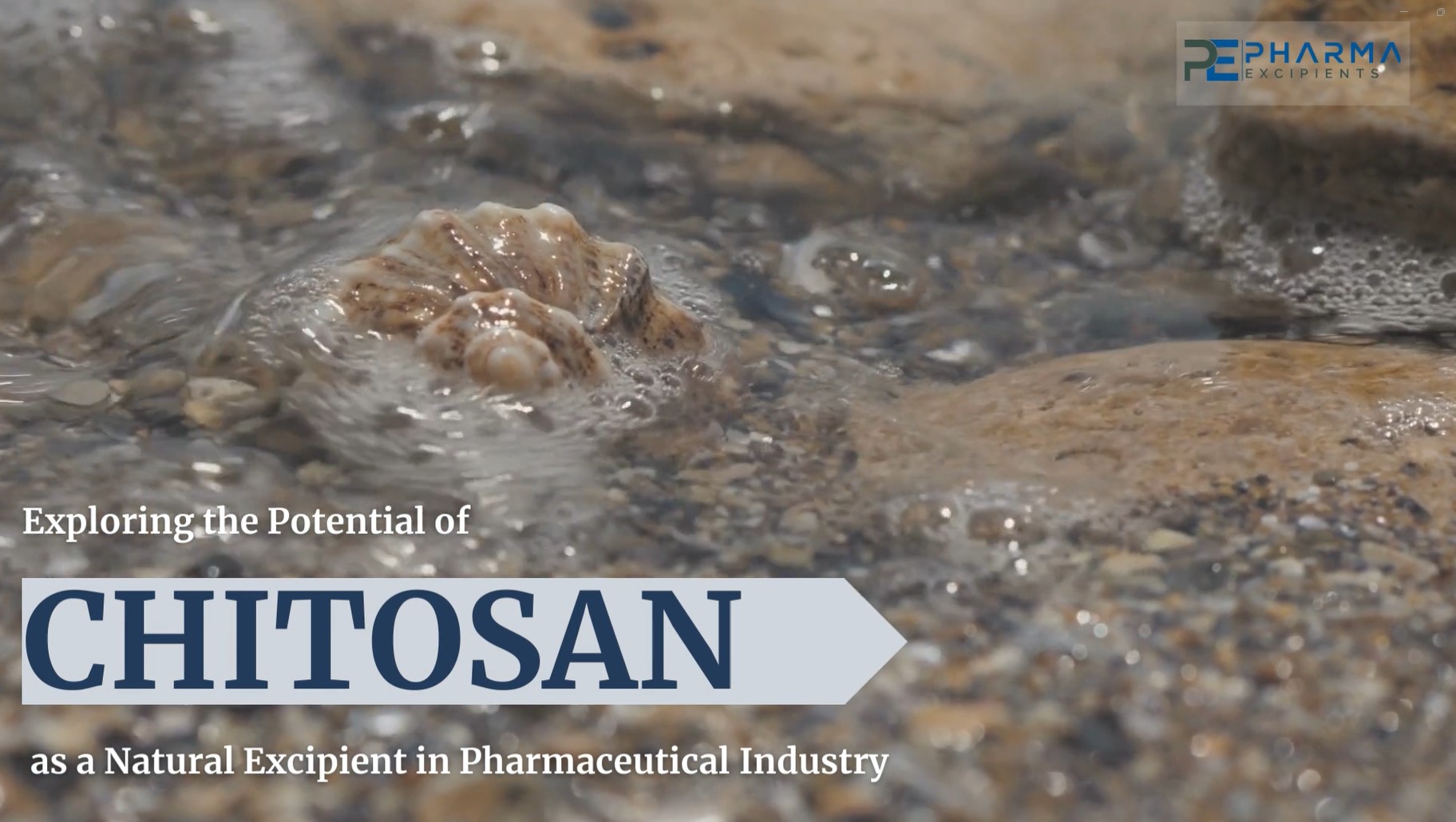Chitosan: A Potential Biopolymer in Drug Delivery and Biomedical Applications

Chitosan, a biocompatible and biodegradable polysaccharide derived from chitin, has surfaced as a material of promise for drug delivery and biomedical applications. Different chitin and chitosan extraction techniques can produce materials with unique properties, which can be further modified to enhance their bioactivities. Chitosan-based drug delivery systems have been developed for various routes of administration, including oral, ophthalmic, transdermal, nasal, and vaginal, allowing for targeted and sustained release of drugs. Additionally, chitosan has been used in numerous biomedical applications, such as bone regeneration, cartilage tissue regeneration, cardiac tissue regeneration, corneal regeneration, periodontal tissue regeneration, and wound healing. Moreover, chitosan has also been utilized in gene delivery, bioimaging, vaccination, and cosmeceutical applications. Modified chitosan derivatives have been developed to improve their biocompatibility and enhance their properties, resulting in innovative materials with promising potentials in various biomedical applications. This article summarizes the recent findings on chitosan and its application in drug delivery and biomedical science.
Introduction
Chitosan, a cationic polysaccharide derived from the deacetylation of chitin, is one of the biomaterials used abundantly in drug delivery applications. It is composed of repeating units of β-(1–4) N-acetyl glucosamine and D-glucosamine with native amine groups that undergo protonation at the physiological pH [1]. Chitosan is soluble in aqueous acids such as acetic acid and lactic acid but exhibits poor solubility in neutral and basic media. The solubility of chitosan is determined by the degree of deacetylation, molecular weight, pH, temperature, and polymer crystallinity; a high degree of deacetylation and a low molecular weight improve solubility [2,3]. The positive charge of the ionizable amino group promotes electrostatic interaction with the negatively charged mucosal surfaces, conferring mucoadhesive properties to chitosan-based drug delivery carriers. However, the low water solubility of chitosan and its poor mechanical properties necessitates the need for several modifications at the hydroxyl and free amino groups, that would improve its solubility for suitability in tissue engineering and drug delivery applications [4]. Though the modifications do not alter the basic skeleton of chitosan, it has been found that the derivatives exhibit enhanced properties for effective drug delivery. The incorporation of therapeutically active agents in the polymeric matrices made of chitosan derivatives protects the biologically active agent from degradation. In addition, it also confers controlled-release characteristics, improves absorption, and subsequently results in the reduction of frequency of administration, thereby improving patient compliance. Quaternary chitosan derivatives, thiolated chitosan, mono-N-carboxymethyl chitosan, and chemical grafting of chitosan using radiation, enzymatic, free-radical, or cationic polymerization are some examples of modifications that have been explored [5].
Chitosan’s relatively stable chemical structure, along with polycationic, innocuous, non-toxic, and biodegradable qualities, makes it biocompatible with a wide range of organs, tissues, and cells. Chitosan molecules are both physically and physiologically active, and they may be chemically or enzymatically changed for a variety of applications [6]. Chitosan of varying molecular weights, ranging between 2800 and 30,000 Daltons, that are categorized by different degrees of deacetylation are commonly used in the design of drug delivery carriers. The pharmaceutical and biotechnological applications of chitosan-based nanomaterials are manifold owing to their muco-adhesiveness, biocompatibility, biodegradability, and the ability to attain tailorable characteristics through numerous chemical and mechanical modifications [7]. The wide range of therapeutic activities exhibited by chitosan-based nanocarriers, including their antifungal, anti-tumor, antiviral, anti-inflammatory, and anti-bacterial activities, has triggered extensive research on exploring the various applications of chitosan as drug delivery carriers [8]. Various drug carriers including micro granules, microspheres, hydrogels, nanoparticles, and nanofibers have been explored for oral, ophthalmic, transdermal, nasal, and vaginal delivery. Further, chitosan has shown immense potential as a functional biomaterial in the design of scaffolds intended for tissue engineering applications, thus enabling the regeneration of various tissues such as the cornea, cartilage, bone, and cardiac tissues [9]. The molecules of chitosan encourage three-dimensional cell development and proliferation, as well as coordinate collagen deposition, enabling rapid healing [10]. The polycationic nature of chitosan derivatives facilitates complex formation with nucleic acids that carry a negative charge. Hence, chitosan derivatives are now also being explored as non-viral gene delivery vectors, enabling efficient transfection of genetic material into the cells for modification of function or behavior in the treatment of various diseases. The low toxicity (LD50: 16 g/Kg) and low immunogenicity of chitosan-based gene delivery vectors aid in overcoming the substantial toxicity issues associated with commonly used gene delivery vectors such as polyethyleneimine [11].
This review discusses in detail the various biological activities exhibited by the cationic polysaccharide chitosan, which are responsible for its promising potential in the use as a drug delivery carrier. The modifications of chitosan for obtaining the desired characteristics have been explained. Further, a complete overview of the applications of chitosan-based nanomaterials in the management of various diseases, with the most recent literature review, has been discussed.
Download the full article as PDF here: Chitosan: A Potential Biopolymer in Drug Delivery and Biomedical Applications
or read it here
Desai, N.; Rana, D.; Salave, S.; Gupta, R.; Patel, P.; Karunakaran, B.; Sharma, A.; Giri, J.; Benival, D.; Kommineni, N. Chitosan: A Potential Biopolymer in Drug Delivery and Biomedical Applications. Pharmaceutics 2023, 15, 1313. https://doi.org/10.3390/pharmaceutics15041313
Read more on Chitosan and see our video for chitosan as a pharmaceutical excipient here:


